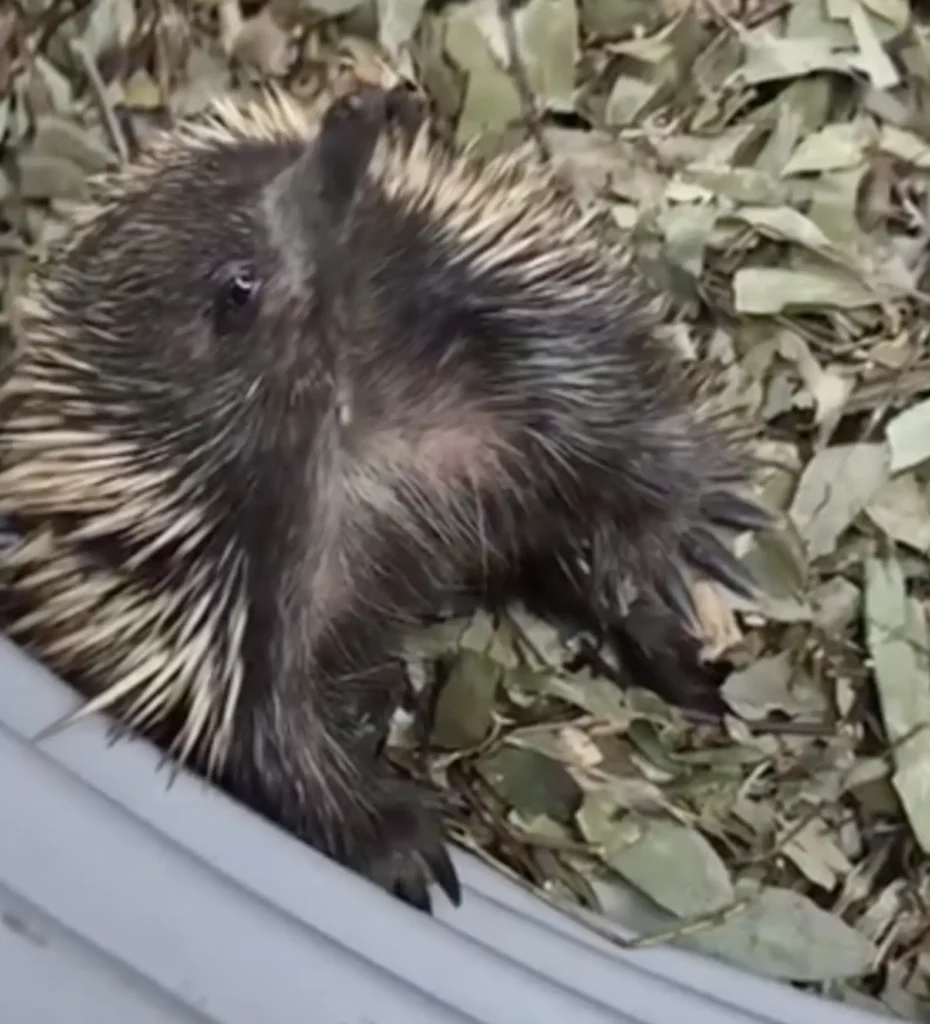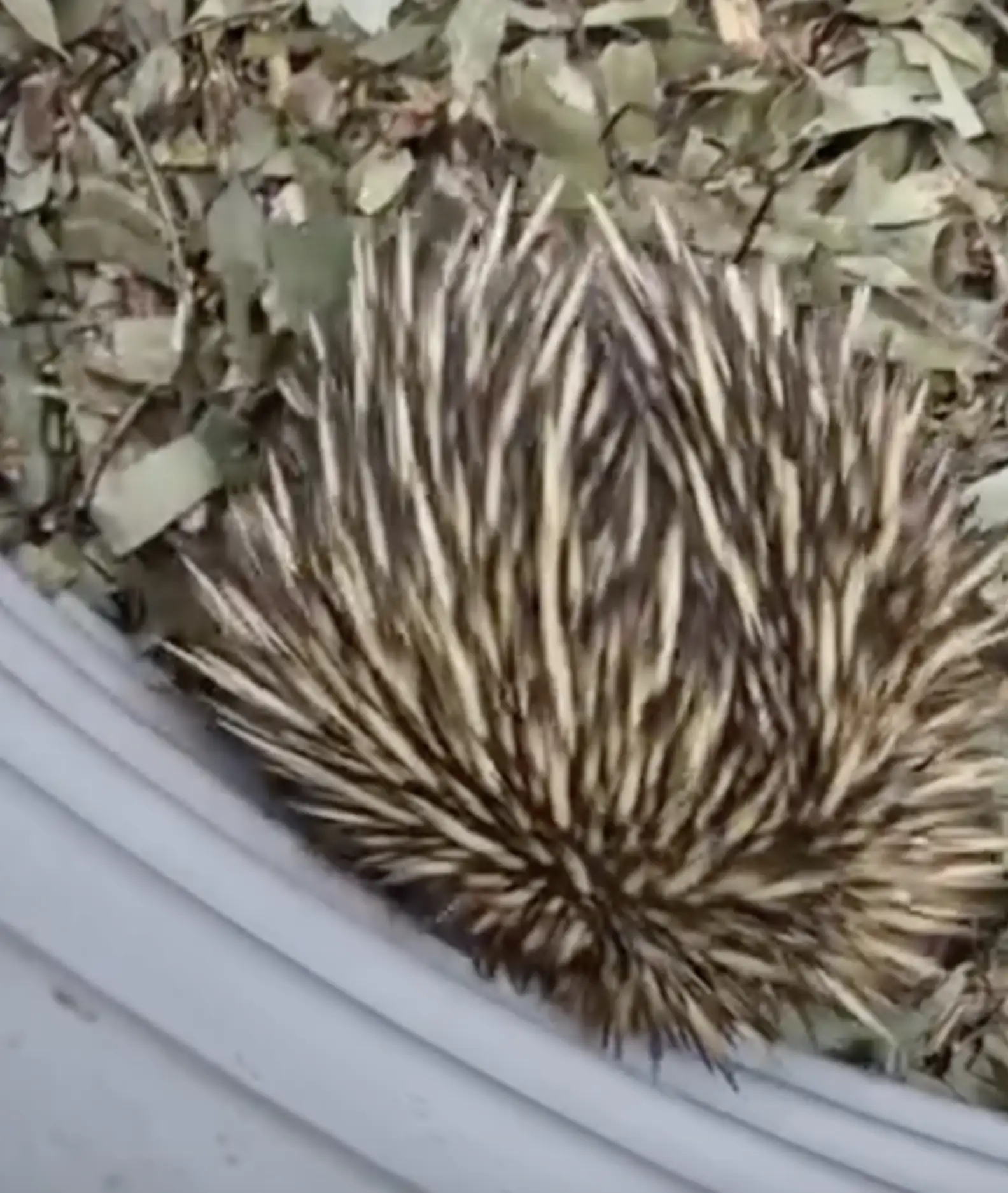Recently, a driver traveling through Southern Australia hit a small, spiny creature and immediately contacted Southern Koala and Echidna Rescue for help.
The injured animal was an echidna, a quill-covered native of Australia and New Zealand. Rescuers were relieved when the echidna, whom they named Baby Buddha (or “BB” for short), ended up in their care.

“We were grateful the person took the time to move BB off the road and call us for help,” said Mish Simpson, director and founder of the rescue, in an interview with The Dodo. Safe at the rescue center, Baby Buddha spent a week curled tightly into a protective ball. Rescuers weren’t concerned, as this behavior was a vital survival tactic for the echidna.
“Echidnas can enter a state of torpor to conserve energy while recovering from injuries,” Southern Koala and Echidna Rescue explained in a Facebook post. “This adaptation is likely one of the reasons they have survived since the age of the dinosaurs.”
But what exactly is torpor? It’s a unique behavior common among echidnas.
“Echidnas use torpor as a survival strategy, particularly during harsh conditions or when food is scarce,” Simpson explained. “When injured or stressed, an echidna may reduce its respiration, heart rate, body temperature, and metabolism, entering a state of torpor. This allows them to focus energy on healing rather than other bodily functions.”
After some time, Baby Buddha slowly began to emerge from the torpor state, revealing a long beak and two bright, alert eyes. Once fully healed, BB was released back into the wild.
Recharged and alert after the much-needed rest, BB waddled back into the wild, no doubt grateful that someone had taken the time to help.
